I don't know exactly how to break this to you, but...
The blood-sucking, undead Dracula is a legend,a literary character,
a cinematic fiction
that goes against all vampirical evidence.
The idea that he's real or authentic is riDraculous.

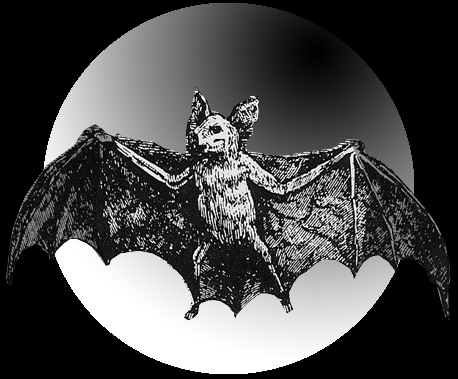




There had been a nobleman of Transylvania who was ignoble.
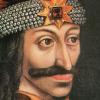
This ignobleman's name was Vlad Tepes,
and Prince Vlad "earned" for himself the nickname "Vlad the Impaler."
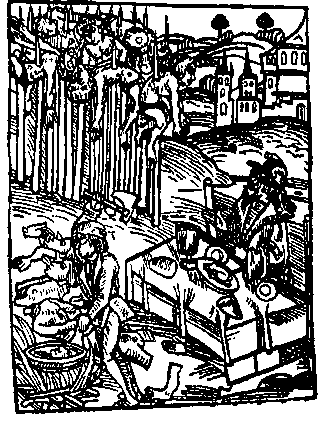
We'll skip any more gory details,
except to say that a large area encompassing perhaps one mile by three miles was punctuated,
so to speak, with 10,000 impaled Turks following a battle in 1458.
And you have to admit, the names Vlad and blood do sound a lot alike.
Actually, Vlad ruled over Wallachia, an area south of Transylvania,
but Transylvania gets the bum rap because Vlad was born there.

The name for "dragon" was appended to his own name: Dracul.
As luck would have it, Dracul also meant "Devil" in Romanian.
Thus, Vlad came to be known as Vlad Dracul, "Son of the Devil."
The legend of Dracula grew on the heels (or necks) of other literary figures.
Dante, for example, had written The Inferno
(seen here with the silhouette motif of impaling):
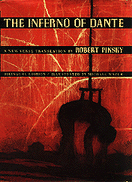
and Goethe would allow the Devil, as Mephistopheles,
to take center stage in
his Faust tragedy
(as seen here in Delacroix's rendering):
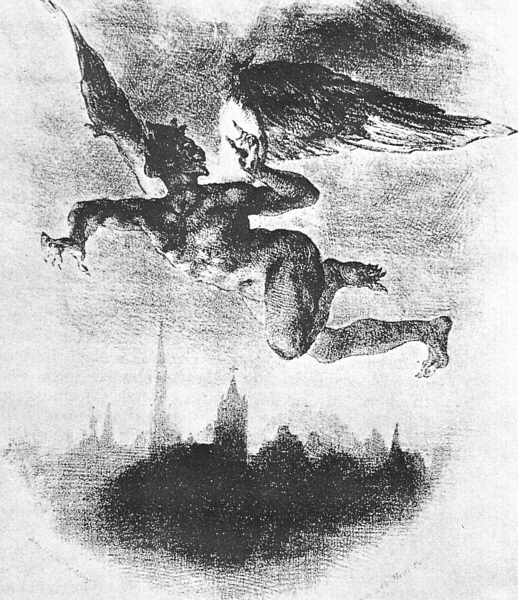
Even Jules Verne, when he wasn't busy 20,000 Leagues Beneath the Sea,
wrote a little novel about The Carpathian Castle, in which he wrote:
So the stage was set for Bram Stoker to take the legend of Vlad Dracul,
put him in a mysterious castle with bats flying through eerie surroundings
and embellish the tale into a count who impales your neck with his fangs
and who is undead.
One explanation for the literary un-dead-ness comes from the prince who inspired Count Dracula:
Vlad Dracul was so hated that mobs tore his mortal remains apart at his death
and those later opening his coffin found it, in fact, empty.


Our own Jim D'Arc has written a treatise you may find interesting: